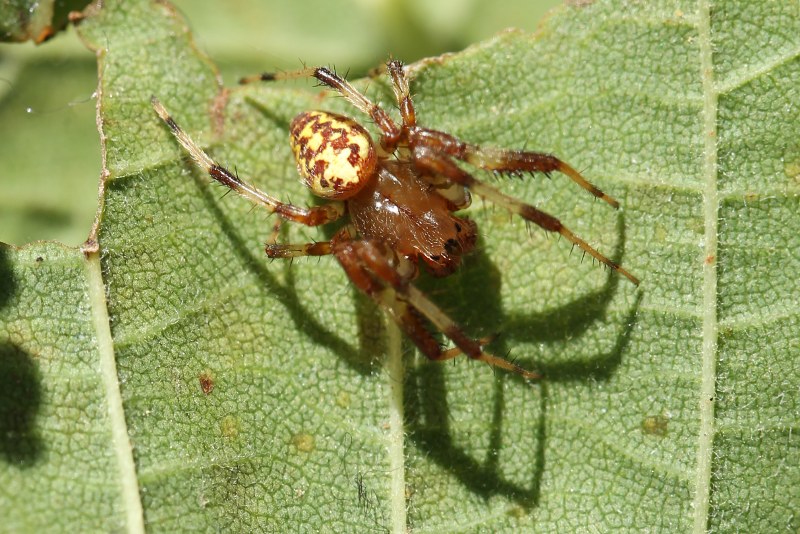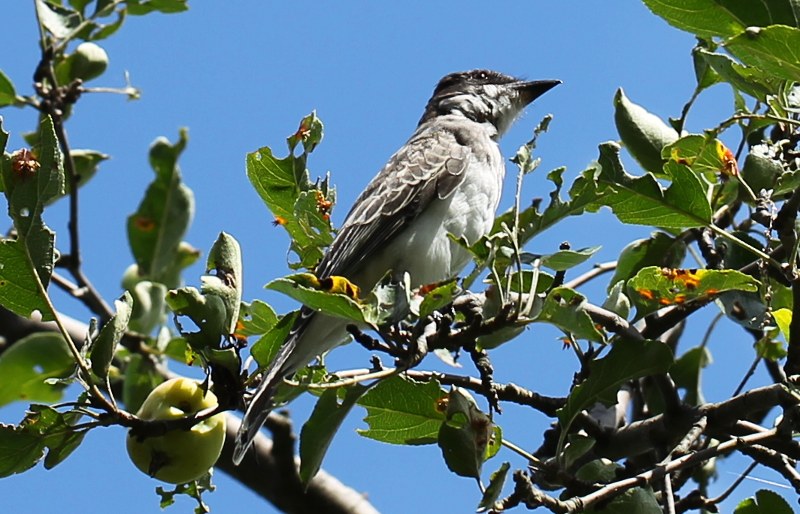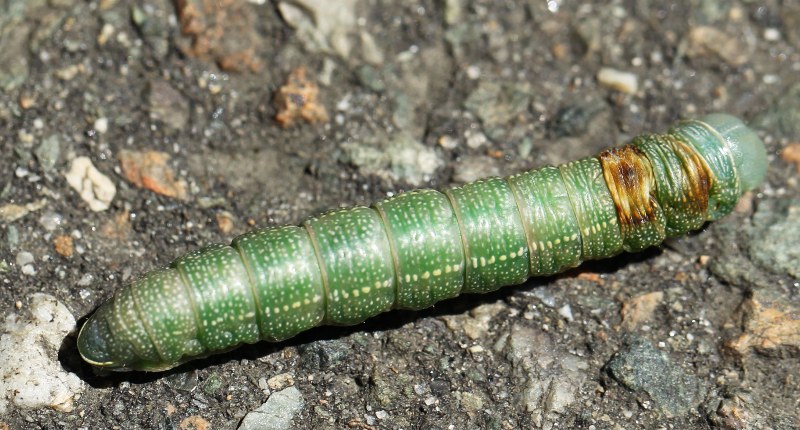I didn’t let summer’s final gasp of heat and humidity deter me from a walk in the Arboretum on Wednesday, although, after a month-long break in 90-degree heat, I felt like I was experiencing the first hot day of the season. I spotted a nursery web spider (Pisaurina mira) biding its time under a leaf. Note how it rests with its two front legs touching each other.
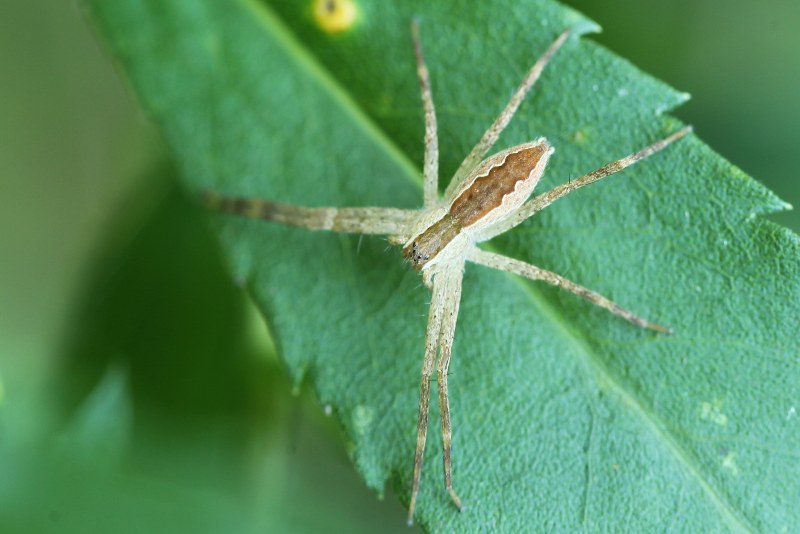
This spider has a dark stripe running down the middle that is bordered by a white margin, which undulates along its abdomen. Also note the white hairs along its body and the black spines on its legs.
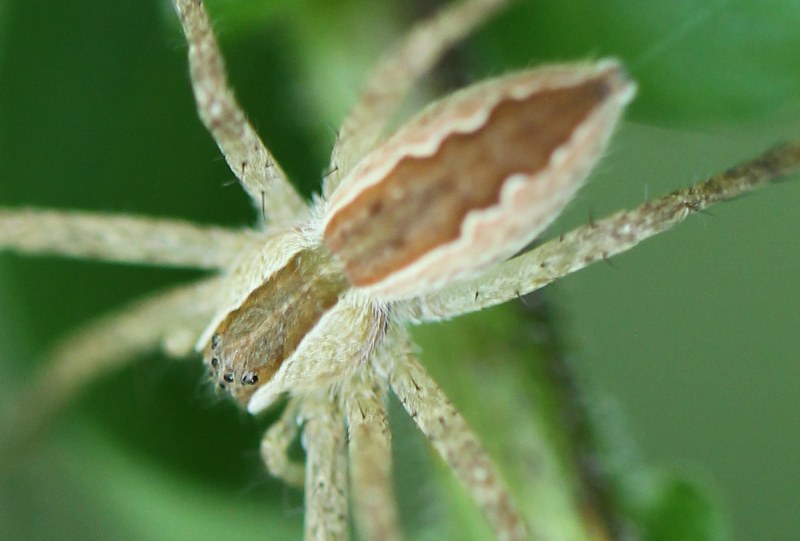
Continue reading

